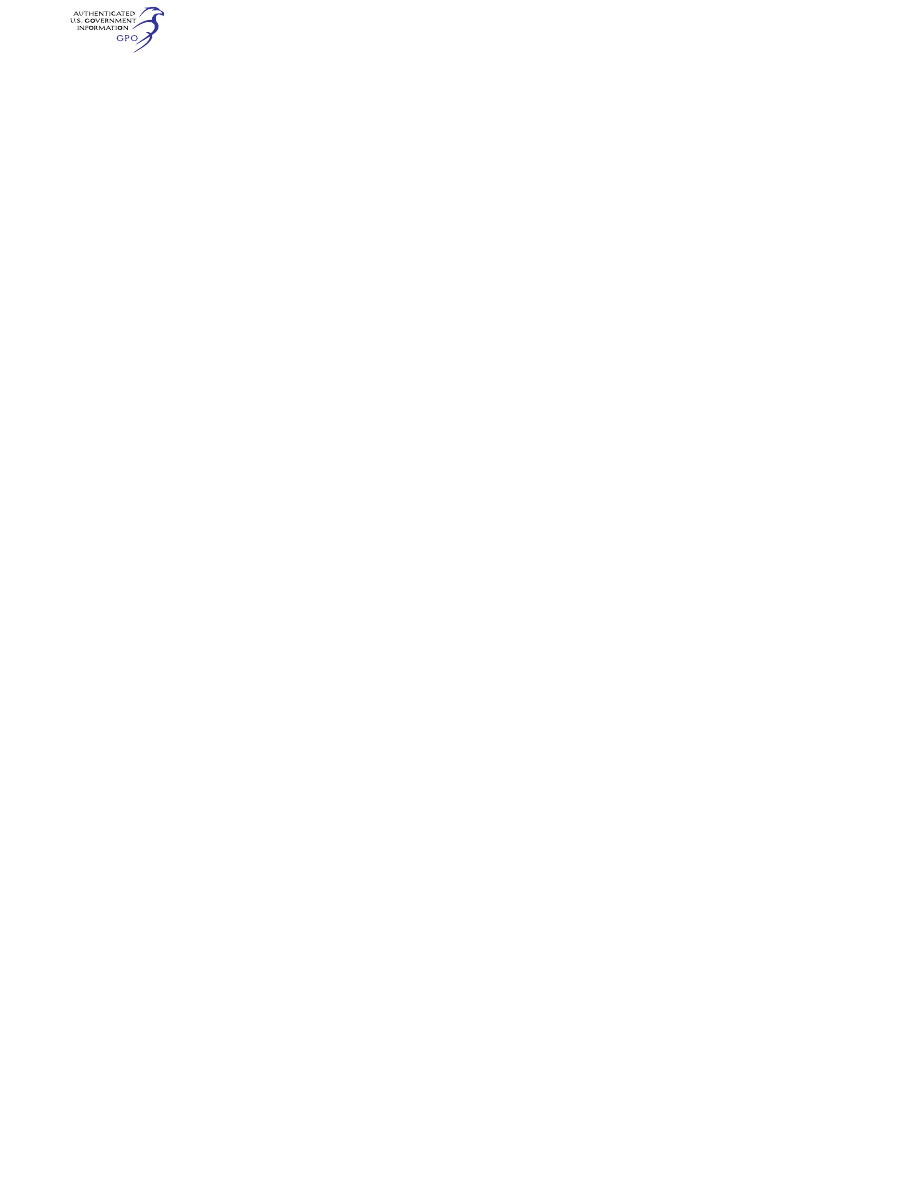
334
14 CFR Ch. I (1–1–24 Edition)
§ 125.121
must be a hand fire extinguisher avail-
able for each Class A compartment.
(c)
Class B.
Cargo and baggage com-
partments are classified in the ‘‘B’’
category if enough access is provided
while in flight to enable a member of
the crew to effectively reach all of the
compartment and its contents with a
hand fire extinguisher and the com-
partment is so designed that, when the
access provisions are being used, no
hazardous amount of smoke, flames, or
extinguishing agent enters any com-
partment occupied by the crew or pas-
sengers. Each Class B compartment
must comply with the following:
(1) It must have a separate approved
smoke or fire detector system to give
warning at the pilot or flight engineer
station.
(2) There must be a hand-held fire ex-
tinguisher available for the compart-
ment.
(3) It must be lined with fire-resist-
ant material, except that additional
service lining of flame-resistant mate-
rial may be used.
(d)
Class C.
Cargo and baggage com-
partments are classified in the ‘‘C’’ cat-
egory if they do not conform with the
requirements for the ‘‘A’’, ‘‘B’’, ‘‘D’’, or
‘‘E’’ categories. Each Class C compart-
ment must comply with the following:
(1) It must have a separate approved
smoke or fire detector system to give
warning at the pilot or flight engineer
station.
(2) It must have an approved built-in
fire-extinguishing system controlled
from the pilot or flight engineer sta-
tion.
(3) It must be designed to exclude
hazardous quantities of smoke, flames,
or extinguishing agents from entering
into any compartment occupied by the
crew or passengers.
(4) It must have ventilation and draft
control so that the extinguishing agent
provided can control any fire that may
start in the compartment.
(5) It must be lined with fire-resist-
ant material, except that additional
service lining of flame-resistant mate-
rial may be used.
(e)
Class D.
Cargo and baggage com-
partments are classified in the ‘‘D’’
category if they are so designed and
constructed that a fire occurring there-
in will be completely confined without
endangering the safety of the airplane
or the occupants. Each Class D com-
partment must comply with the fol-
lowing:
(1) It must have a means to exclude
hazardous quantities of smoke, flames,
or noxious gases from entering any
compartment occupied by the crew or
passengers.
(2) Ventilation and drafts must be
controlled within each compartment so
that any fire likely to occur in the
compartment will not progress beyond
safe limits.
(3) It must be completely lined with
fire-resistant material.
(4) Consideration must be given to
the effect of heat within the compart-
ment on adjacent critical parts of the
airplane.
(f)
Class E.
On airplanes used for the
carriage of cargo only, the cabin area
may be classified as a Class ‘‘E’’ com-
partment. Each Class E compartment
must comply with the following:
(1) It must be completely lined with
fire-resistant material.
(2) It must have a separate system of
an approved type smoke or fire detec-
tor to give warning at the pilot or
flight engineer station.
(3) It must have a means to shut off
the ventilating air flow to or within
the compartment and the controls for
that means must be accessible to the
flightcrew in the crew compartment.
(4) It must have a means to exclude
hazardous quantities of smoke, flames,
or noxious gases from entering the
flightcrew compartment.
(5) Required crew emergency exits
must be accessible under all cargo
loading conditions.
§ 125.121 Proof of compliance with
§ 125.119.
Compliance with those provisions of
§ 125.119 that refer to compartment ac-
cessibility, the entry of hazardous
quantities of smoke or extinguishing
agent into compartment occupied by
the crew or passengers, and the dissipa-
tion of the extinguishing agent in Class
‘‘C’’ compartments must be shown by
tests in flight. During these tests it
must be shown that no inadvertent op-
eration of smoke or fire detectors in
other compartments within the air-
plane would occur as a result of fire
